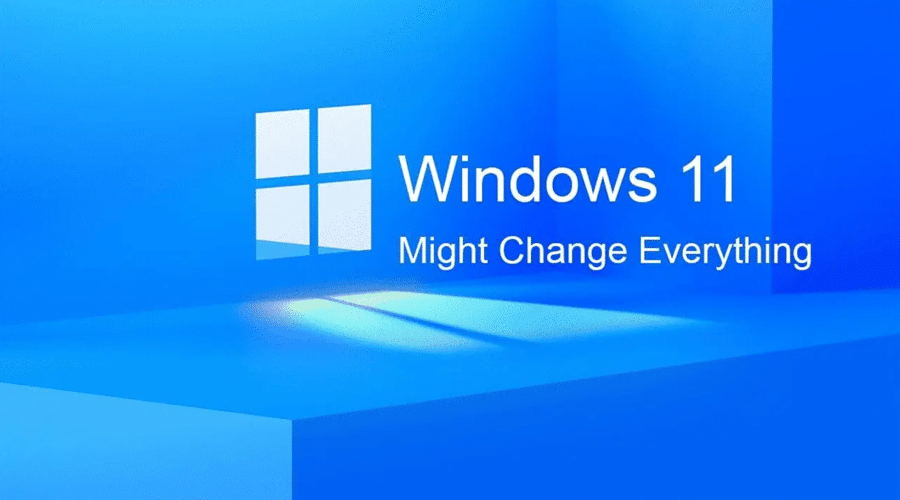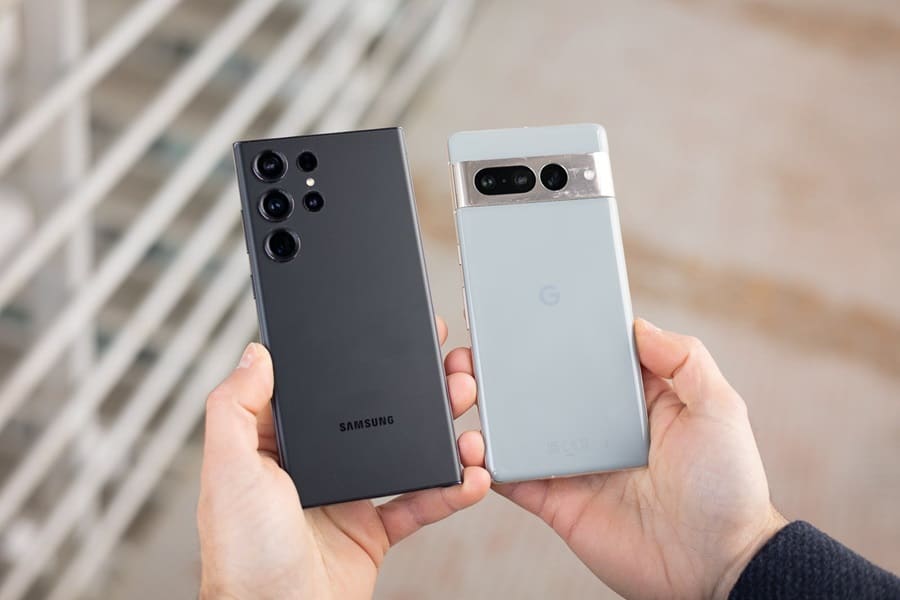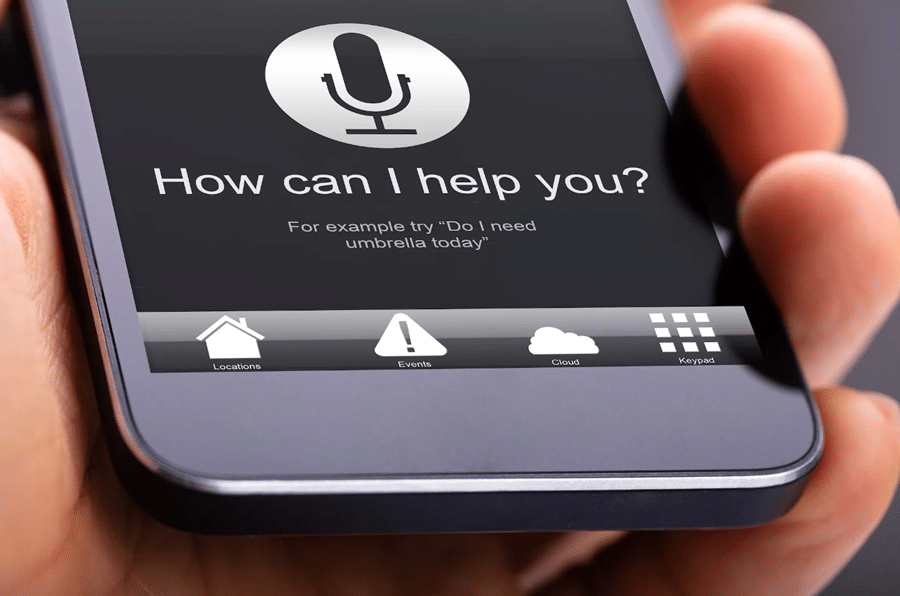In the span of just a few decades, the Internet has transformed from a fledgling network into the backbone of modern society, revolutionizing how you communicate, work, and entertain yourself. With each passing year, it evolves at an unprecedented pace, influenced by groundbreaking technological advancements and shifting user demands. Looking ahead, the next ten years promise even more radical changes, as emerging technologies redefine the digital landscape. This blog post explores the potential future of the Internet, delving into technological advancements, the expansion of the Internet of Things (IoT), cybersecurity breakthroughs, and the future of digital identities, offering a glimpse into what our connected world might look like in the coming decade.
Contents
- 1 Evolution of Internet Technology
- 2 The Expansion of the Internet of Things (IoT)
- 3 Breakthroughs in Cybersecurity
- 4 The Future of Digital Identities
- 5 Revolutionizing Content Consumption
- 6 The Impact of AI and Machine Learning
- 7 Global Internet Accessibility
- 8 Ethical Considerations and Governance
- 9 Forge Ahead Into The Internet Of Tomorrow
Evolution of Internet Technology
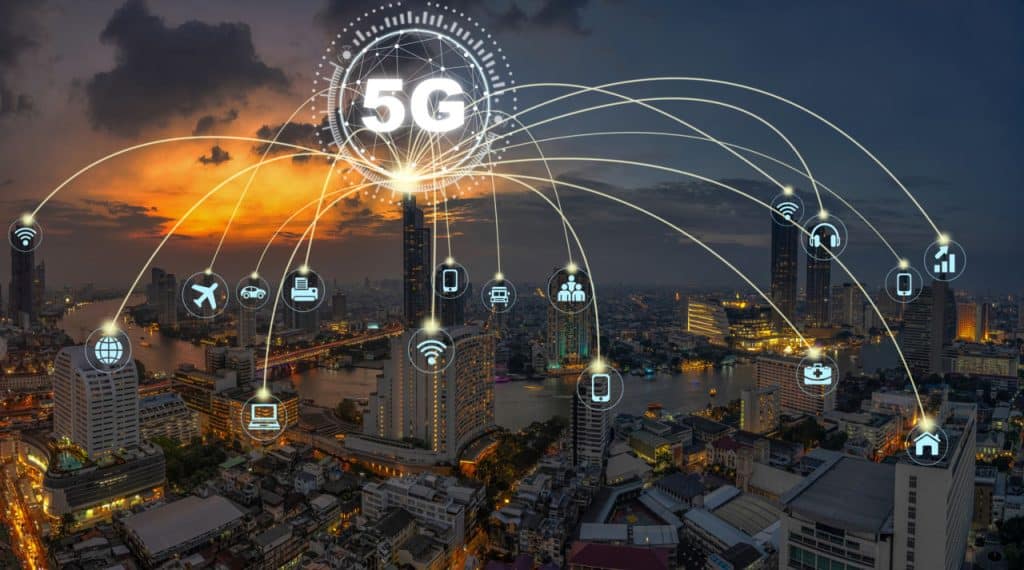
The technological underpinnings of the Internet are set for a monumental shift, primarily driven by quantum computing and advances in networking hardware. Quantum computing, with its ability to process vast amounts of data at incredible speeds, is poised to revolutionize data encryption, analysis, and storage, making the Internet more efficient and powerful. Concurrently, enhancements in fiber optics and satellite technology are expected to dramatically increase global connectivity, reducing latency and expanding Internet access to remote areas previously untouched by digital waves.
Furthermore, the advent of 5G and, eventually, 6G technologies will further catalyze this transformation, offering ultra-fast internet speeds and more reliable connections. These advancements will enable new services and applications, from seamless streaming of high-definition content to real-time, interactive global communications, setting a new standard for what users expect from their online experiences.
The Expansion of the Internet of Things (IoT)
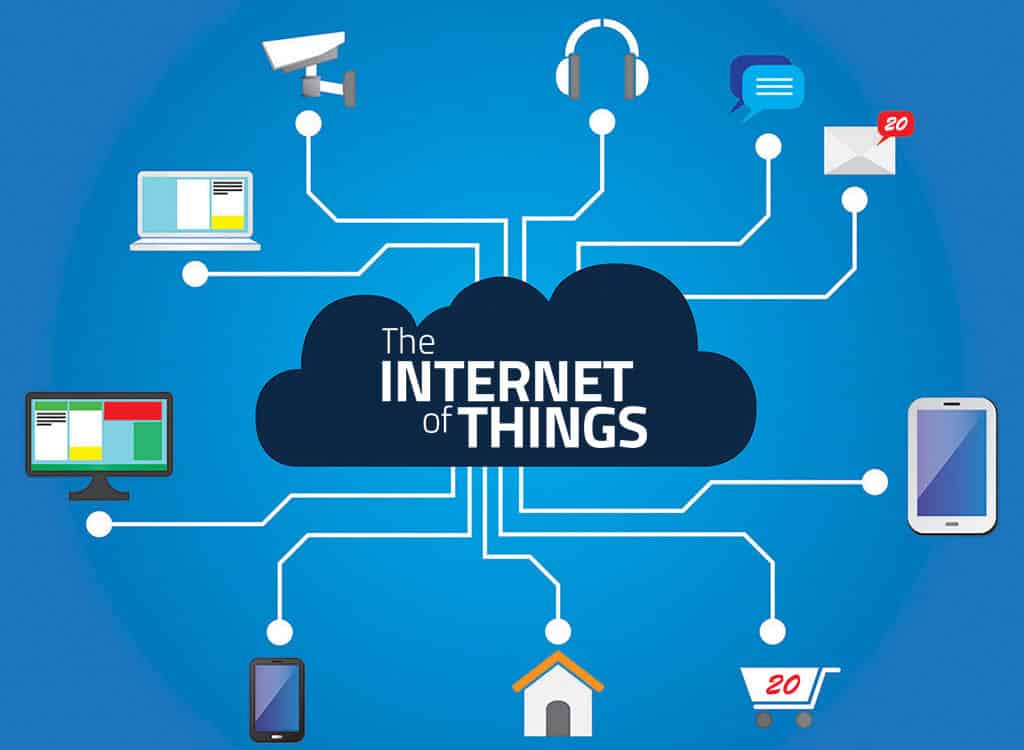
The Internet of Things (IoT) is rapidly moving from a niche concept to a central feature of everyday life, integrating smart technology into homes, cities, and industries. In smart cities, IoT devices are making urban living more efficient and sustainable through intelligent traffic management systems, energy-saving lighting solutions, and improved public safety measures. Similarly, in homes, smart appliances, security systems, and energy meters are becoming commonplace, enhancing comfort, safety, and efficiency.
This expansion is not limited to urban environments; it extends to healthcare, agriculture, and manufacturing, where IoT technology is driving innovation. In healthcare, wearable devices monitor patient health in real-time, enabling proactive management of chronic conditions. In agriculture, sensors and automated systems optimize resource use and increase crop yields. In manufacturing, IoT enhances efficiency through predictive maintenance and streamlined supply chains, showcasing the IoT’s transformative potential across various sectors.
Breakthroughs in Cybersecurity

As the Internet evolves, so too do the threats against it, prompting significant advancements in cybersecurity. The development of more sophisticated encryption methods is critical in this arms race, safeguarding data against increasingly complex cyber-attacks. These efforts are complemented by enhanced privacy protection measures, ensuring users can trust the security of their online interactions and transactions.
Artificial intelligence (AI) is becoming a cornerstone of cybersecurity strategies, capable of detecting and responding to threats with unprecedented speed and accuracy. AI-driven security systems analyze patterns and predict potential breaches before they occur, offering a dynamic defense mechanism that evolves in tandem with the threats it faces. This proactive approach is crucial for protecting the vast, intricate networks that constitute the modern Internet.
The Future of Digital Identities
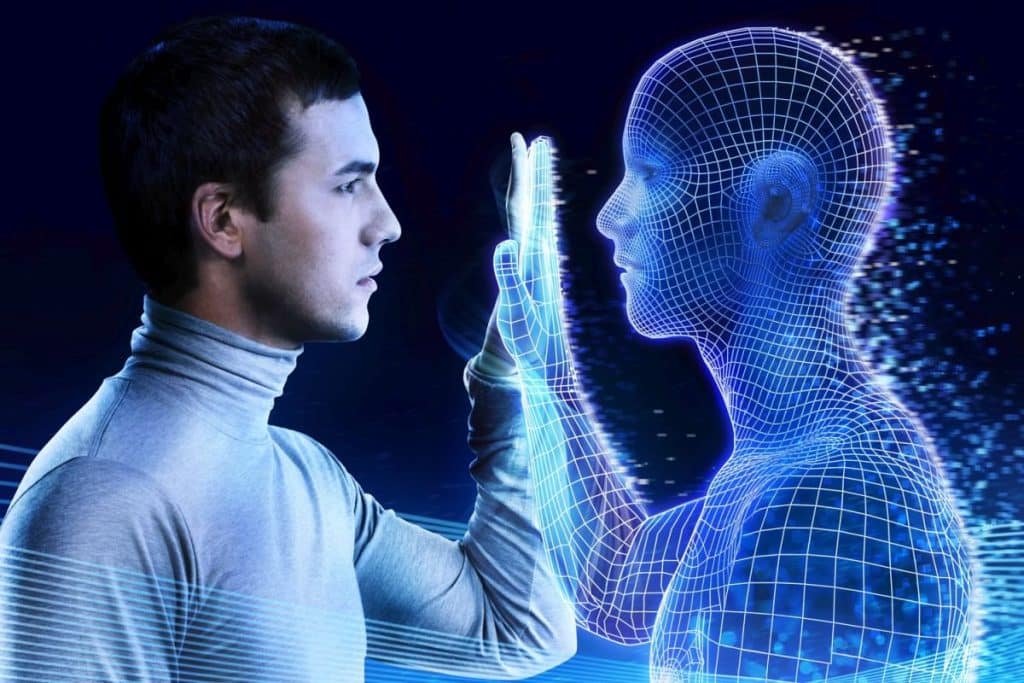
The concept of digital identities is undergoing a radical overhaul, influenced by blockchain technology and a growing emphasis on privacy. Blockchain offers a secure, decentralized platform for managing digital identities, enabling users to control their online presence and personal data more effectively. This shift towards self-sovereign identities could dramatically reduce instances of fraud and identity theft, marking a significant step forward in online security.
Parallel to technological advancements, there’s a societal push towards enhancing online privacy, driven by increasing awareness of data misuse and surveillance. Users are demanding more control over their digital footprints, leading to the development of privacy-centric technologies and regulations. This evolution of digital identities not only promises to enhance individual privacy but also challenges current models of online advertising and data monetization, suggesting a future where personal data is protected and valued.
Revolutionizing Content Consumption
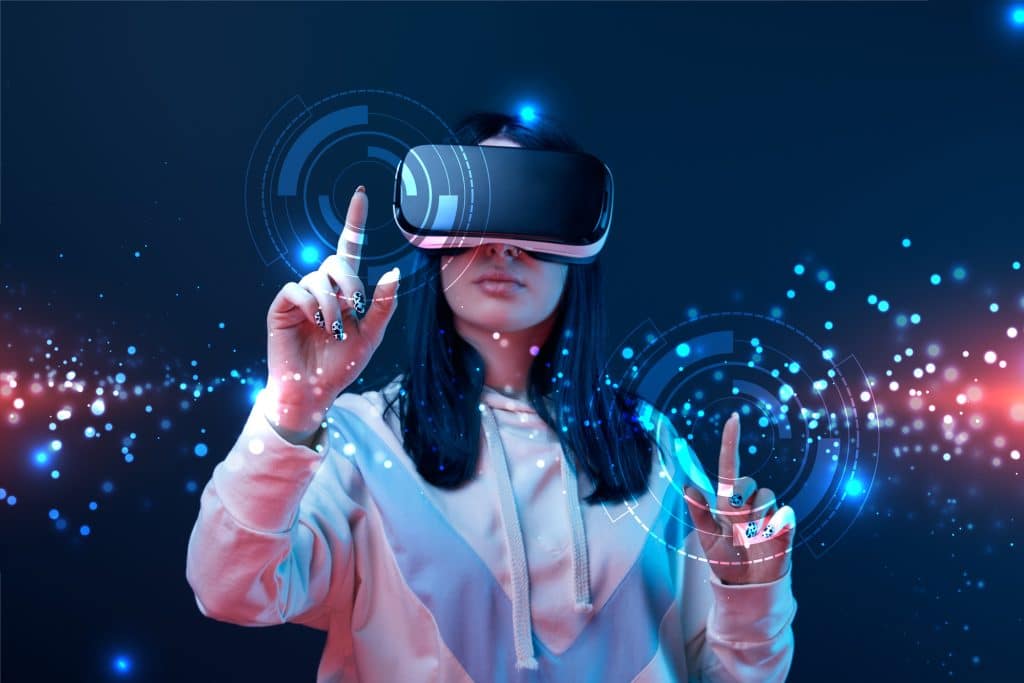
The way people consume content on the Internet is poised for dramatic changes, led by the rise of virtual and augmented reality (VR and AR) technologies. These immersive technologies are set to transform entertainment, education, and social interaction, offering experiences that blur the lines between the digital and physical worlds. VR and AR will enable users to attend virtual concerts, explore virtual learning environments, and interact in social spaces in ways that are profoundly engaging and interactive, reshaping our expectations of digital content.
Social media platforms and streaming services are also evolving, moving towards more interactive and personalized content delivery. Advances in AI and machine learning allow for content that adapts to user preferences, creating a more tailored online experience. This shift not only enhances user engagement but also opens new avenues for creators to innovate in content creation and distribution, marking a significant evolution in how stories are told and experiences are shared online.
The Impact of AI and Machine Learning

AI and machine learning are set to further integrate into various online services, revolutionizing how people interact with the Internet. From search engines that understand and anticipate your queries more effectively to personalized recommendations that match your unique preferences, AI is making online experiences more intuitive and customized. This personalization extends beyond content to include services, with AI-powered tools offering tailored advice, support, and interaction across a range of platforms, enhancing the utility and responsiveness of online services.
Beyond personalization, AI is also revolutionizing content creation and data analysis, automating complex processes and generating insights at a scale previously unimaginable. AI-driven analytics tools can sift through vast datasets to identify trends and patterns, informing decision-making in business, science, and policy. Similarly, AI-generated content is becoming increasingly sophisticated, creating written, visual, and audio content that approaches human quality, challenging perceptions of creativity and the role of technology in content creation.
Global Internet Accessibility

Efforts to bridge the digital divide are gaining momentum, with satellite internet and other technologies playing a pivotal role in extending connectivity to underserved areas around the world. Projects like low Earth orbit satellite constellations promise to deliver high-speed internet access to remote regions, democratizing access to information, education, and economic opportunities. This expansion of global internet accessibility is critical for fostering inclusivity and equality, ensuring that the benefits of the digital age are shared across geographic and socioeconomic boundaries.
The push for global internet accessibility is not just about connecting people; it’s about empowering them. With increased access comes enhanced opportunities for education, healthcare, and economic participation. Initiatives to provide affordable, reliable internet access are accompanied by efforts to improve digital literacy, enabling individuals to leverage online resources effectively. This comprehensive approach to internet accessibility has the potential to transform communities, catalyzing social and economic development on a global scale.
Ethical Considerations and Governance
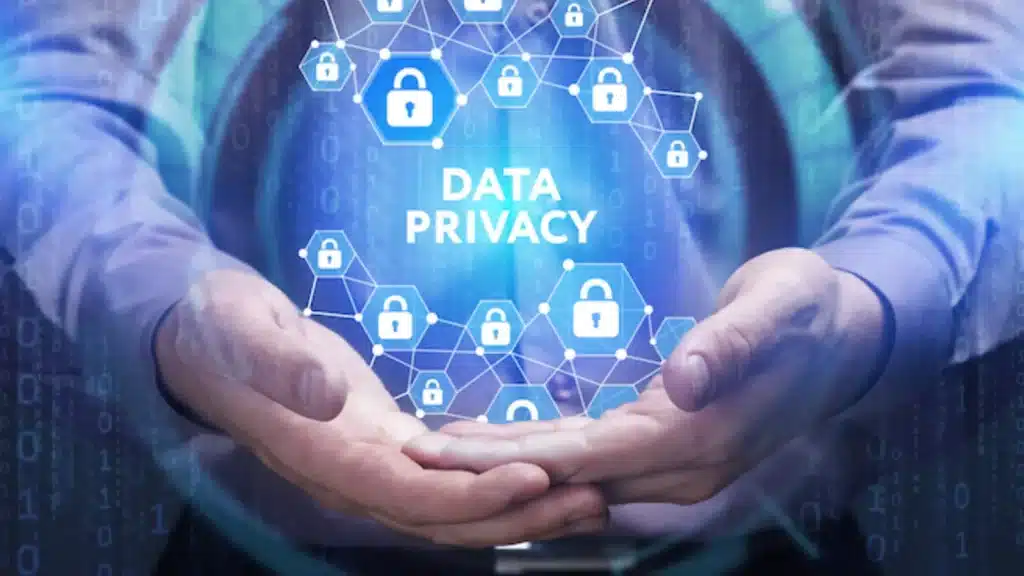
As the Internet continues to evolve, ethical considerations and governance become increasingly important. The regulation of AI, digital privacy laws, and the ethical use of data are at the forefront of discussions about the future of the Internet. Balancing innovation with ethical responsibility is a complex challenge, requiring collaboration between governments, technology companies, and users. Developing frameworks that protect individual rights while fostering innovation is critical for ensuring that the Internet continues to serve as a force for good.
The governance of the Internet is also facing new challenges, as the global nature of the digital world clashes with national laws and cultural norms. Issues like content moderation, data sovereignty, and cybersecurity require international cooperation to navigate effectively. The development of global standards and norms for the Internet, while respecting the diversity of users and cultures, is essential for creating a digital environment that is safe, inclusive, and open for all. This collaborative approach to governance will shape the future of the Internet, ensuring it remains a vibrant and dynamic ecosystem.
Forge Ahead Into The Internet Of Tomorrow
As the world stands on the brink of a new era, the Internet’s future promises to be as transformative as its past. With advancements in technology, security, and accessibility, the online world is shaping up to be more immersive, inclusive, and secure. This journey requires the collective effort of developers, policymakers, and users to navigate the challenges and harness the opportunities that lie ahead. Let’s engage, innovate, and advocate for a digital future that reflects shared values and aspirations.
